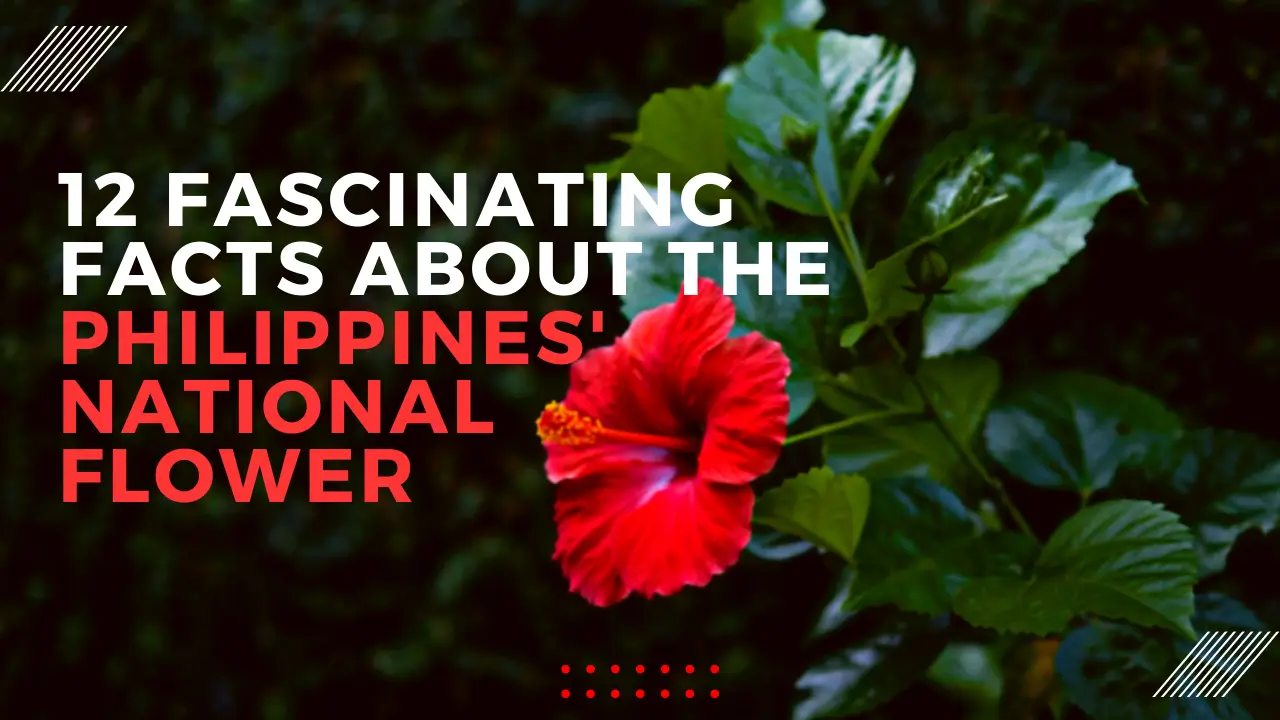
The Philippines is a country known for its rich biodiversity and vibrant culture. The national flower holds a special place among the many symbols that represent this beautiful nation. The national flower of the Philippines, the Sampaguita, is not only visually captivating but also carries cultural significance. This blog will explore eight fascinating facts about the Philippines' national flower, the Sampaguita.
The sampaguita, which is called Jasminum sambac in the science world, is known for its beautiful scent. Its soft, white petals give off a sweet, charming smell, which makes it a popular choice for religious gifts, leis, and traditional rituals. This flower has become an important part of the culture and customs of the Philippines.
Manuel L. Quezon, who was president of the Philippines at the time, made the Sampaguita the country's state flower in 1934. It was chosen because of how important it is to culture and history.
In Filipino society, the Sampaguita has a lot of importance. It stands for simplicity, purity, modesty, and power. It is often linked to traits like toughness, tenacity, and patience, which makes it a beloved symbol of the Filipino spirit.
Aside from what it means, the Sampaguita is a part of Filipino rituals and practices. It's often used in weddings, where it stands for the couple's innocence and their coming together. As a sign of respect and thanks, the flower is also given to sacred figures and used in processions and celebrations.
The Sampaguita has been around since the time before the Spanish came. It is thought to have come from Southeast Asia, where it was grown by native people long before foreign impacts arrived. During the Spanish colonial era, the flower became well-known and has remained an important cultural symbol ever since.
Apart from its aesthetic and cultural significance, the sampaguita possesses medicinal properties. Traditional healers in the Philippines have long used various parts of the plant to treat ailments like headaches, fever, and eye infections. Additionally, sampaguita tea is believed to have calming effects and is used to alleviate stress and anxiety.
The word "sampaguita" comes from the Tagalog term "sumpa kita," which means "I promise you." This name comes from a folk tale about two lovers who made a promise to each other under a sampaguita plant. The name shows that the flower is related to love and respect.
Sampaguita farming is very important to the income of the Philippines. The flowers are used to make leis, flower arrangements, and wreaths that are sold as gifts and displays. Many Filipinos, especially those in rural places, can find work in this business.
Sampaguita is grown for more than just its traditional and cultural uses. The essential oil from the flower is taken out and used to make perfumes, soaps, and other scented items. Also, the plant's juice is used to make herbal drinks and beauty products.
In 1995, the Philippine government made the sampaguita a protected species because of its traditional value and natural worth. This move is meant to make sure that this beloved national flower will be around for future generations to enjoy.
People know that sampaguita flowers can keep mosquitoes away. The smell of the flower keeps mosquitoes away, which makes it a natural and nice option for repellents made from chemicals.
Sampaguita is important culturally and ecologically, so people have worked to save and protect it. Efforts to protect it include:
1. Supporting safe ways to grow it.
2. Getting the word out about how endangered it is.
3. Setting up protected places for its natural environment.
The sampaguita, with its enchanting fragrance, cultural significance, and rich history, remains an integral part of Philippine identity. Its presence in various aspects of Filipino life, from celebrations to traditional medicine, reflects the deep-rooted connections between nature, culture, and the people. The Sampaguita stands not only as a symbol of the country's natural beauty but also as a reminder of the resilience and purity of the Filipino spirit.